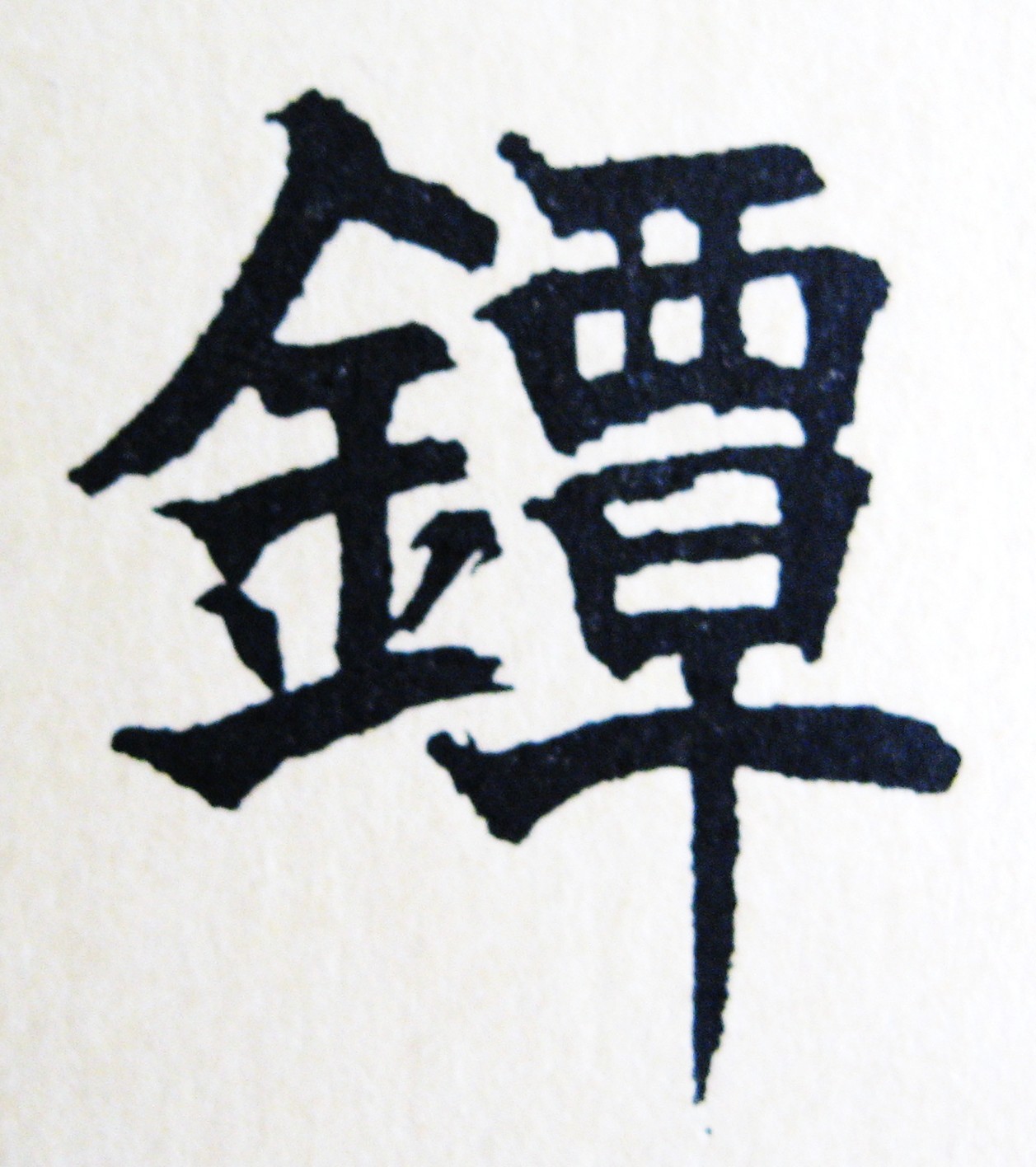|
OWARI NOBUIYE
|
 |
|
OWARI NOBUIYE
|
 |
| Provenance: Elliott Long John Irwin |
Reference Only |
|
Unsigned Owari Nobuiye tsuba. A hammer-forged iron plate of mokko shape. The edge shows abundant tekkotsu from Owari style tempering process. Amongst the carved clouds above are fronds of ferns or morning glory vines, and below are what appear to be the scales of a dragon. This appears on both sides. Slight trace of copper sekigane in nakago-ana. Both surfaces have large remaining traces of black lacquer. 7.5cm x 6.7cm x 0.2-0.3cm thickness. |
 |
 |
 |
  |
  |
From the study of this tsuba, the variety of surface hammering and engraving appears to be ji-mon. They do not cover the entire surface but are in small groups or clusters. This type of surface treatment is very typical of Nobuiye tsuba which is very tasteful and has the first aesthetic quality.
The style of this tsuba very definitely displays the katchushi family background of Nobuiye. All the characteristics of this work are katchushi but far superior to the common work of katchushi tsuba makers. The skillful tekkotsu shown by Nobuiye in this piece resembles those found in the Owari schools. This similarity may be explained through the fact that Nobuiye and the various schools of Owari have a common origin in the katchushi tsuba makers.
Small sized (like this tsuba) predominate Owari Nobuiye tsuba. The iron plate is quite hard and the surface is rough with low relief carving.
| RETURN TO Tsuba Collective Go To E.D.L. Collection Email to Shibui Swords |